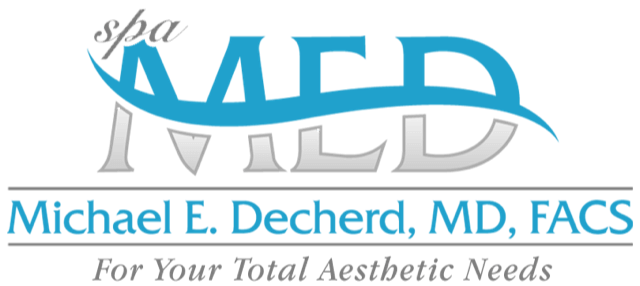Overview
Patients seeking a nonsurgical method to improve the appearance of their skin may consider a chemical peel. This is a procedure that minimizes the signs of aging by applying a caustic solution to the surface of the skin so that damaged skin can peel away leaving a fresh, rejuvenation appearance. Sun damage can cause uneven pigmentation and wrinkles, and the natural aging process slows down collagen production and skin cell turnover. In combination, these things make your skin look dull and you look older.

Conditions Treated
Chemical peels remove the outer layers of the skin to reveal new skin beneath. A peel diminishes skin imperfections and signs of aging by peeling away the damaged layers of the dermis. The chemical agent penetrates the epidermis, causing the old skin to peel away and be replaced by new, healthier skin. Chemical peels are used to improve:
- Sun damaged skin
- Unevenly pigmented skin
- Finely wrinkled skin
- Acne scars and blemishes
- Collagen production
- Cell turnover
Chemical Peels Reviews
Types of Chemical Peels
There are several types of chemical peels patients can consider, depending on their aesthetic goals and how much downtime they are willing to have. Superficial/light peels exfoliate the top, most outer layer of the skin. These peels consist of Alpha Hydroxy or Beta Hydroxy acid and generally take 3-4 days to complete the peeling process. Medium depth peels consist of Trichloroacetic acid (known as a TCA peel). It penetrates the skin more deeply than the superficial peel, with stronger effects. The third kind of peel is a deep peel, which uses Phenol. It is the harshest of all chemical peels, the most expensive and has the longest recovery. Dr. Decherd and Dr. Isakson offer a light TCA (trichloroacetic acid) peel, which is stronger than AHA (alphahydroxy acid) peels, and produce good results. TCA peels are also good for patients with darker skin because they have a bleaching agent. This makes it easier to remove darker areas of skin pigmentation.
PCA skin peels use skin-friendly natural constituents of skin, citric and lactic acids to hydrate and moisturize your skin leaving it supple, soft and fresh. Customize your peel to treat conditions such as rosacea, aging skin, adult acne, sun damage and cystic acne. With multiple layer options, these peels can be as light or as intense as you and your provider feel is right for your skin.
- Advanced Treatment Boosters - enhances exfoliation and encourages normal keratinization. Can be a standalone treatment or added to your chemical peel for more exfoliation.

Plan Your Procedure
- Recovery Time
- 1-2 Weeks
- Average Procedure Time
- 30 Minutes - 1 Hour
- Post-op Follow-up
- May Require Multiple Sessions
- Procedure Recovery Location
- Outpatient
Chemical Peel FAQs
Does It Hurt?
Chemical peels generally do not hurt. There will be some slight stinging once the solution is applied to the face, but a fan is usually used to help ease this. After the procedure, the peeling of the skin does not hurt. Deep chemical peels, however, can cause discomfort and pain. Medications are often provided for the recovery and in some cases, anesthesia is used during the treatment.
What Are The Results?
With a chemical peel, we can rejuvenate your skin and make you look years younger.
Is It Safe?
Various forms of BOTOX have been used for decades for a number of medical uses. It is FDA-approved for the treatment of forehead lines and wrinkles and is considered safe and effective for cosmetic treatment.
